Florida, a land celebrated for its sprawling beaches and vibrant amusement parks, harbors a priceless natural treasure: Everglades National Park. This is more than just a wetland; it’s a unique ecosystem, a historical landmark, and an enchanting tourist destination. Join us on a journey to explore this historical nature preserve in Florida, where untamed beauty intertwines with fascinating stories.
Everglades National Park: Florida’s Jewel
Everglades National Park, situated in southern Florida, USA, is a vast nature preserve boasting one of the most diverse ecosystems on Earth. Spanning from Lake Okeechobee to Florida Bay, the Everglades encompasses Miami-Dade, Monroe, and Collier counties. It’s home to a plethora of rare flora and fauna, including American alligators, Florida panthers, migratory birds, and many other unique plant and animal species. More than just a captivating tourist spot, the Everglades stands as a symbol of nature conservation and a priceless legacy for humanity.
History of Formation: From Wilderness to National Preserve
The journey of Everglades National Park’s formation is a long narrative of evolving awareness and persistent conservation efforts.
Exploration and Exploitation Phase (19th – Early 20th Century)
Before becoming a protected area, the Everglades was inhabited by the Seminole and Miccosukee tribes. When Europeans and Americans arrived, they viewed this land as a wild area needing reclamation for agriculture and urbanization. Large-scale drainage projects were implemented in the late 19th century, causing detrimental impacts on the natural ecosystem.
Conservation Movement and Park Establishment (1920 – 1947)
Recognition of the Everglades ecosystem’s degradation gradually emerged, sparking a robust conservation movement. Biologist Marjory Stoneman Douglas, with her influential book “The Everglades: River of Grass” (1947), played a pivotal role in raising public awareness about the Everglades’ value. The book shifted public perception, helping people understand the Everglades as a unique riverine ecosystem rather than just a desolate swamp.
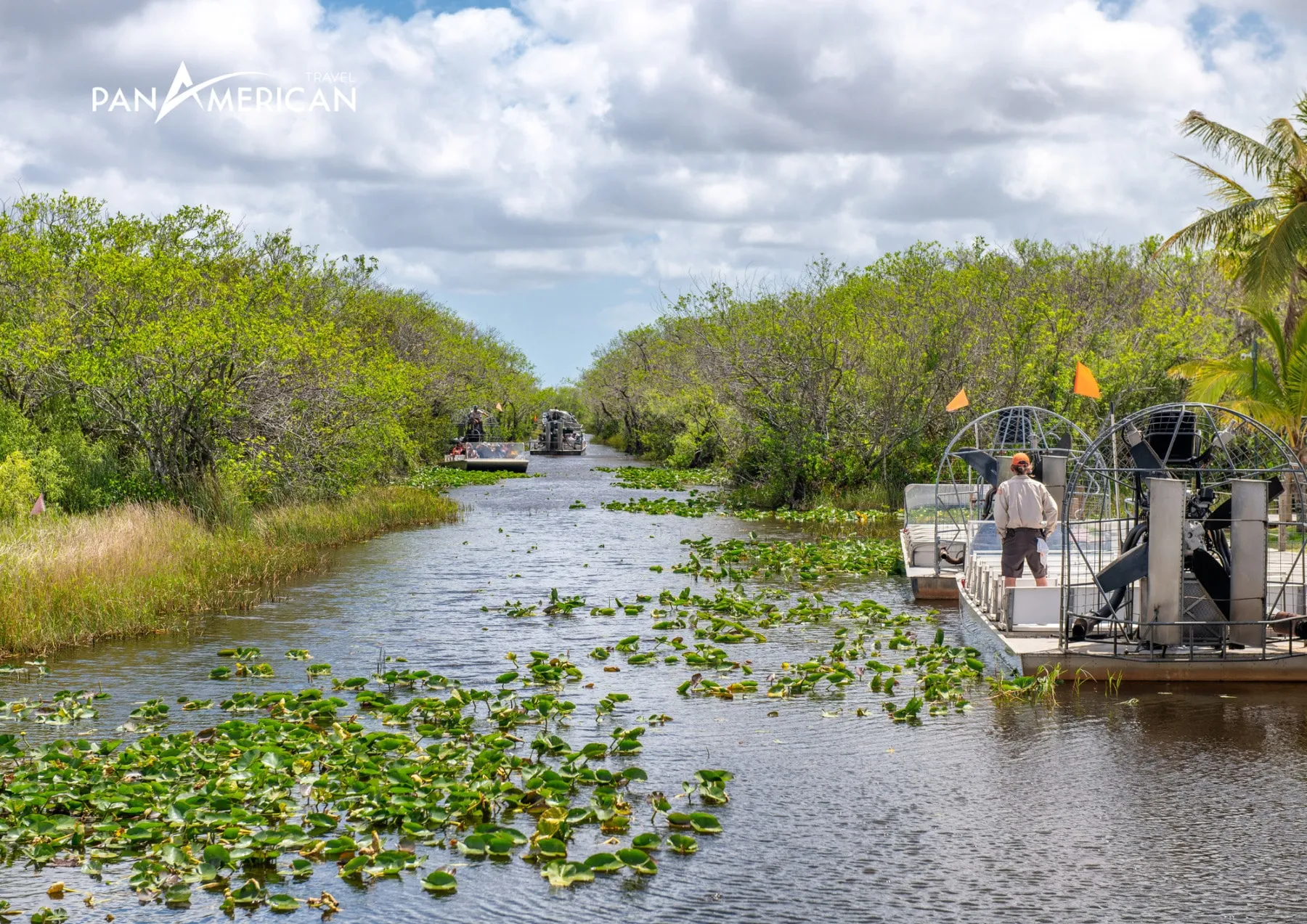
Thanks to the relentless efforts of conservationists and advocacy groups, the U.S. Congress officially established Everglades National Park on December 6, 1947. It was the first national park globally founded to protect a fragile ecosystem, not merely a scenic landscape.
Ongoing Challenges and Conservation Efforts (20th Century – Present)
Despite its protected status, the Everglades still faces numerous challenges, including water pollution, invasive species, and pressure from urban development. The “Comprehensive Everglades Restoration Plan” (CERP), one of the largest environmental restoration projects in U.S. history, was launched to restore natural water flow and improve water quality for the Everglades.
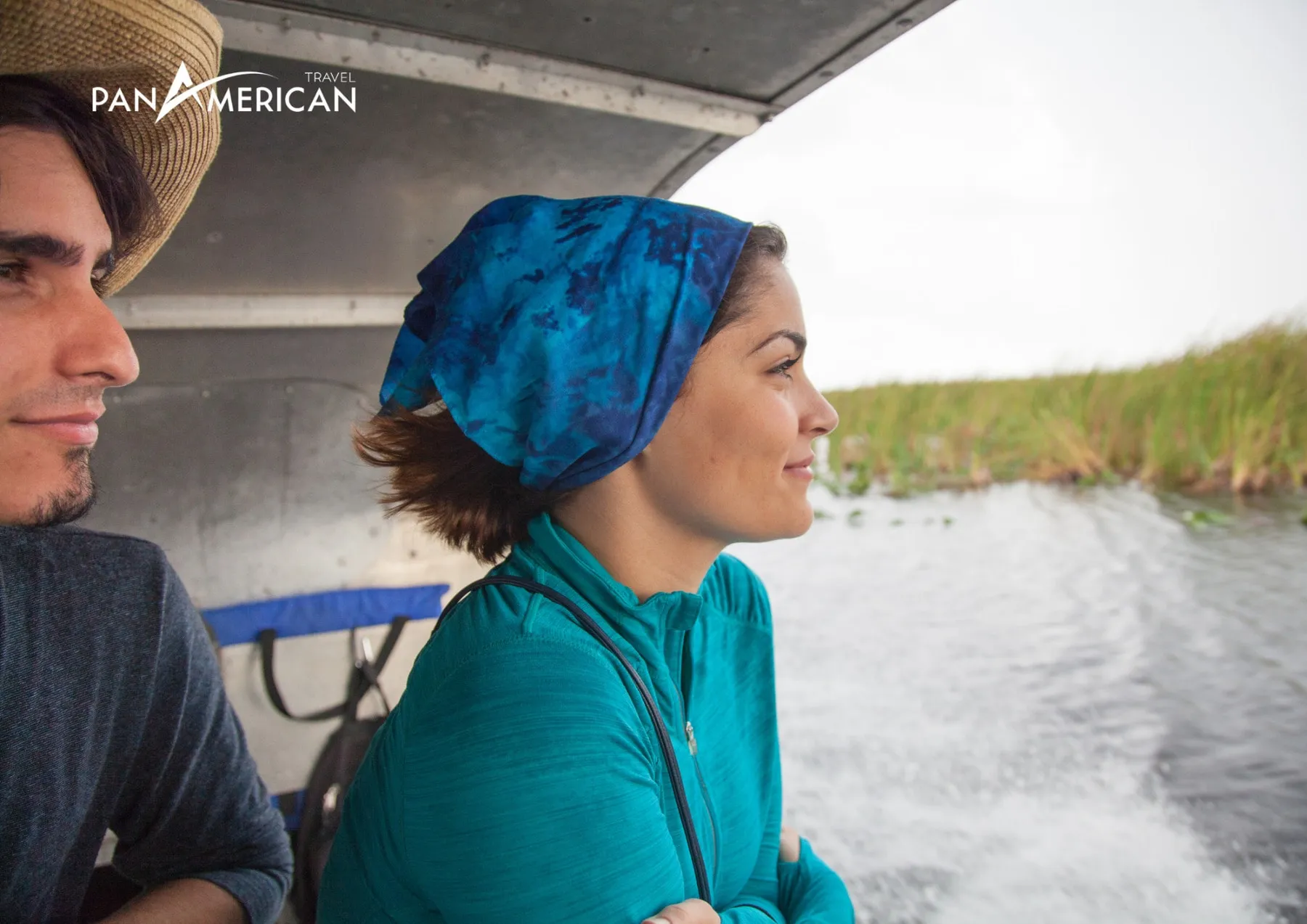
The Everglades is recognized as a World Biosphere Reserve, a World Heritage Site, and a Wetland of International Importance, underscoring its vital role in global biodiversity conservation.
Unmissable Experiences at Everglades National Park
Everglades National Park offers countless unique experiences, from exploring diverse ecosystems to admiring the untamed beauty of nature.
Explore the Anhinga Trail
Anhinga Trail is one of the most popular trails in the Everglades, suitable for all ages and fitness levels. Along the trail, you can easily observe alligators, turtles, and migratory birds from observation decks. It’s a fantastic way to get acquainted with the Everglades’ unique ecosystem.
Join a Kayak or Canoe Tour
Kayaking or canoeing is an excellent way to explore the rivers and swamps of the Everglades. You can navigate through narrow canals, venture deep into mangrove forests, and marvel at the ecosystem’s diversity. Don’t forget your camera to capture memorable moments.
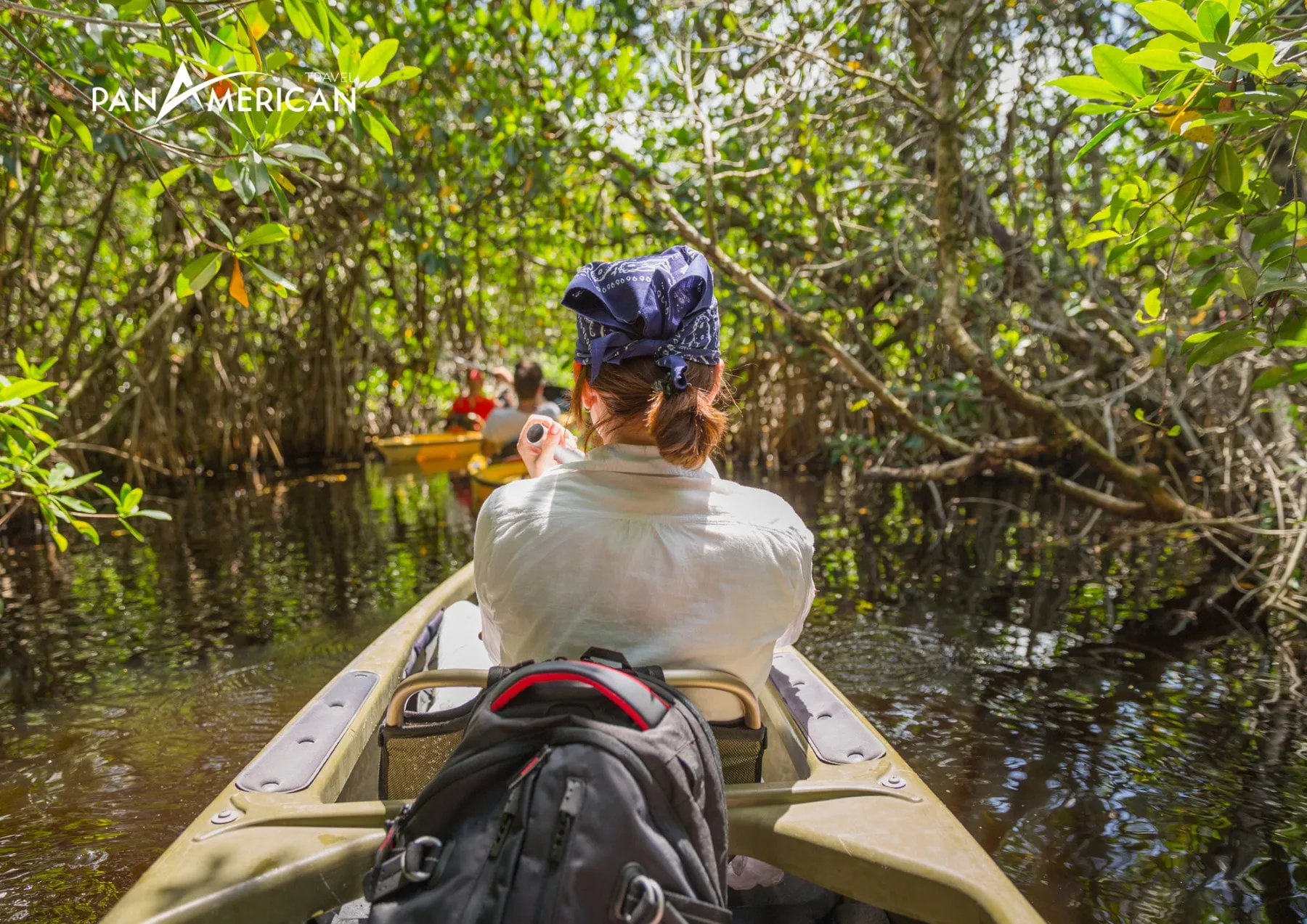
Birdwatching at Shark Valley
Shark Valley is a renowned birdwatching spot, especially during migration season. You can bike or take a tram through the area to reach observation points and admire countless rare bird species.
Visit Education Centers and Participate in Guided Programs
Education centers within the park, such as the Ernest F. Coe Visitor Center, provide information about the history, ecology, and wildlife of the Everglades. Participating in ranger-led programs is a great way to gain deeper insights into the ecosystem and conservation efforts here.
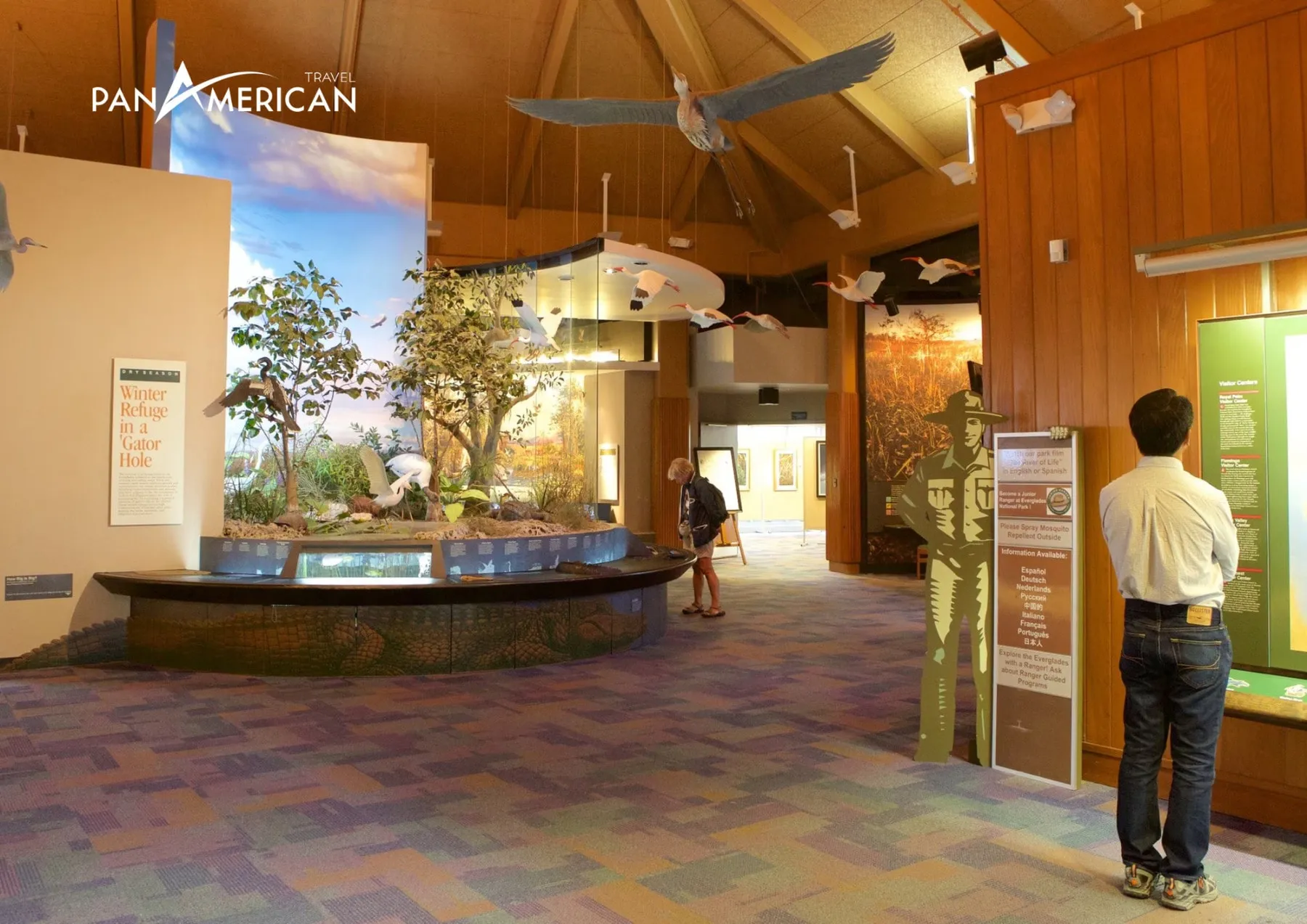
Discover the Mangrove Forest Ecosystem
The mangrove forests in the Everglades are a special ecosystem with dense waterways and high biodiversity. You can join boat tours to admire wildlife and learn about the crucial role of mangrove forests in maintaining the environment.
Guide to Visiting Everglades National Park
For a complete and memorable visit to Everglades National Park, keep in mind these helpful tips:
Ideal Time to Visit
The best time to visit the Everglades is from mid-November to mid-April, when the weather is drier and more pleasant. The rainy season (from May to November) is typically hot, humid, and wildlife viewing can be challenging.
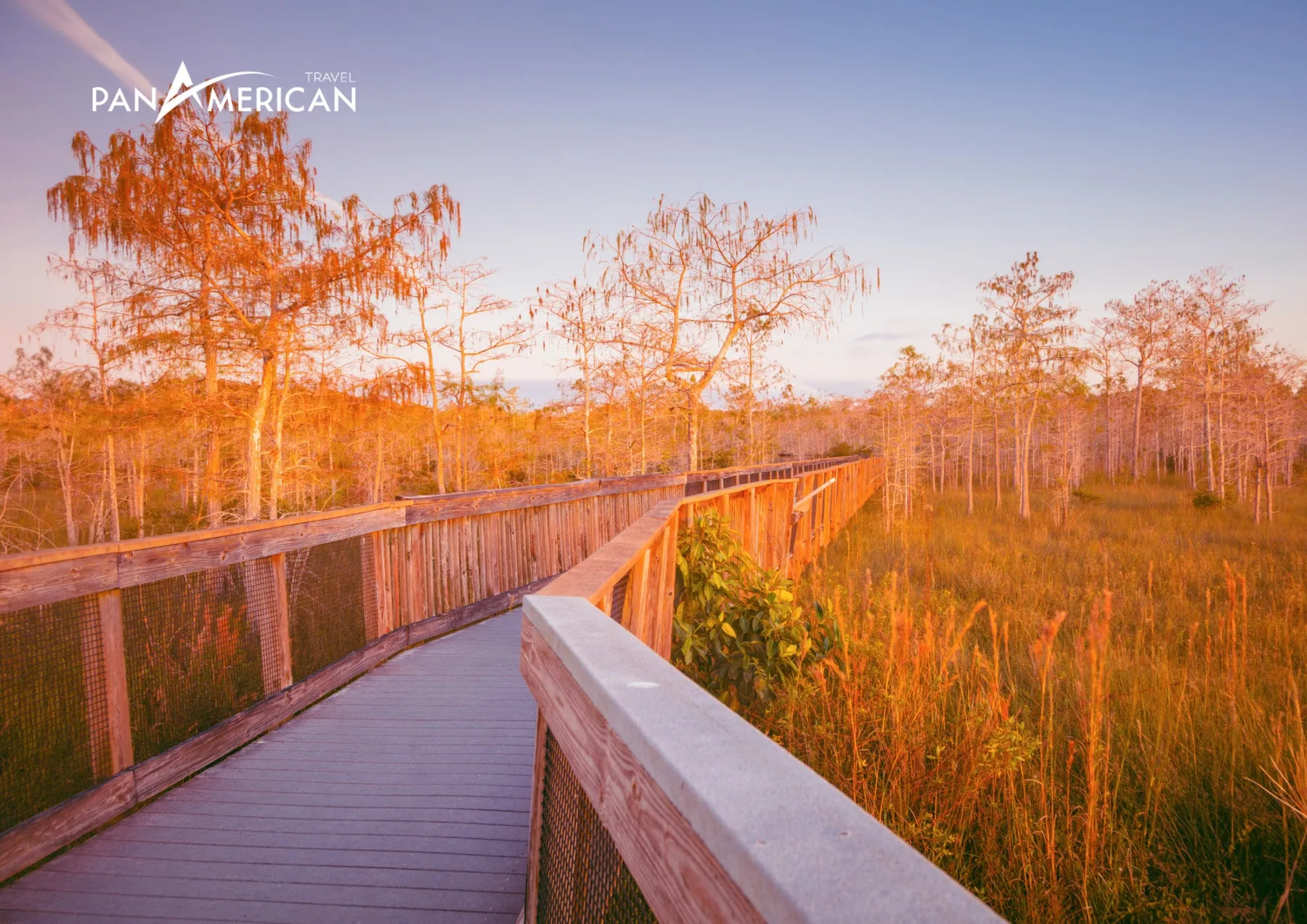
Essential Items to Prepare
- Skin and eye protection: Sunscreen, sunglasses, and a hat are essential to protect you from the intense sun.
- Appropriate clothing and footwear: Choose lightweight, breathable clothing and comfortable shoes for easy movement during outdoor activities.
- Necessary gear: Insect repellent, water, and a camera are important items to ensure a comfortable and memorable trip.
Accommodation
The park has two main campgrounds: Long Pine Key Campground and Flamingo Campground. If you prefer not to camp, you can find lodging in nearby towns.
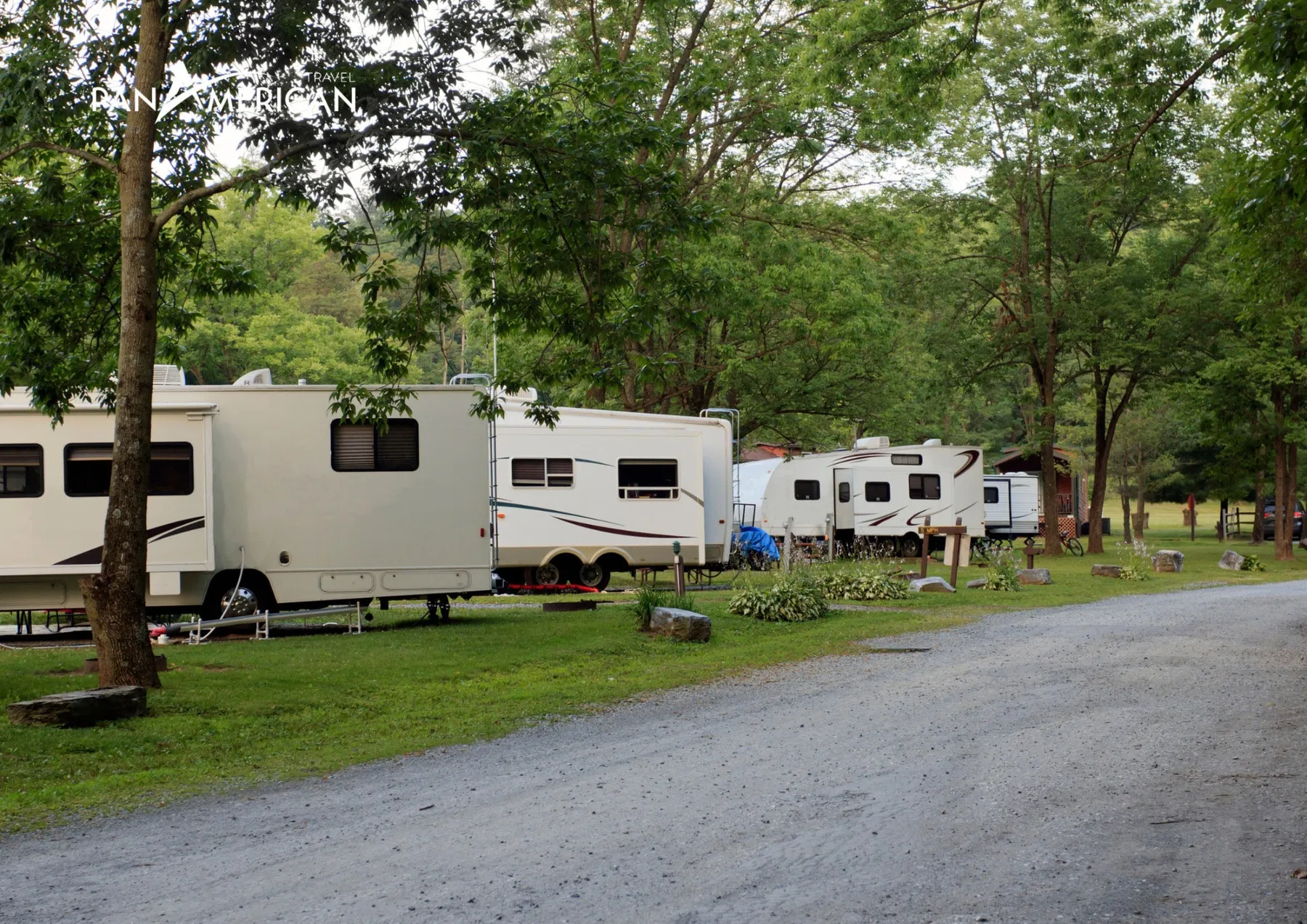
Conclusion
Everglades National Park is a Florida jewel, a historical nature preserve with untamed beauty and a unique ecosystem. From exploring trails and taking boat tours to birdwatching and learning about its history, the Everglades offers unforgettable experiences for every visitor. Plan your trip today and discover the magical beauty of Everglades National Park. Are you ready for a journey to explore Florida’s historical nature preserve?